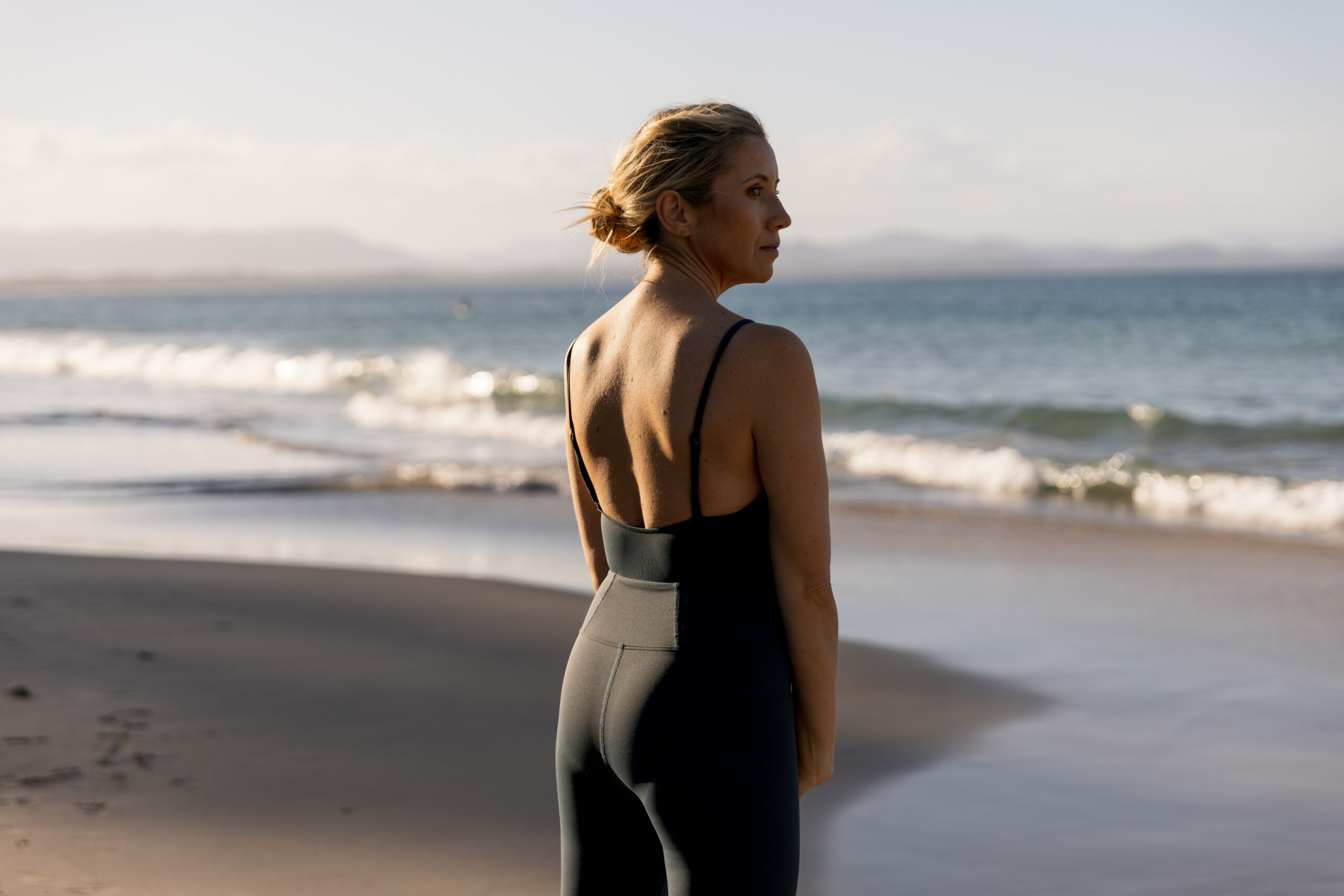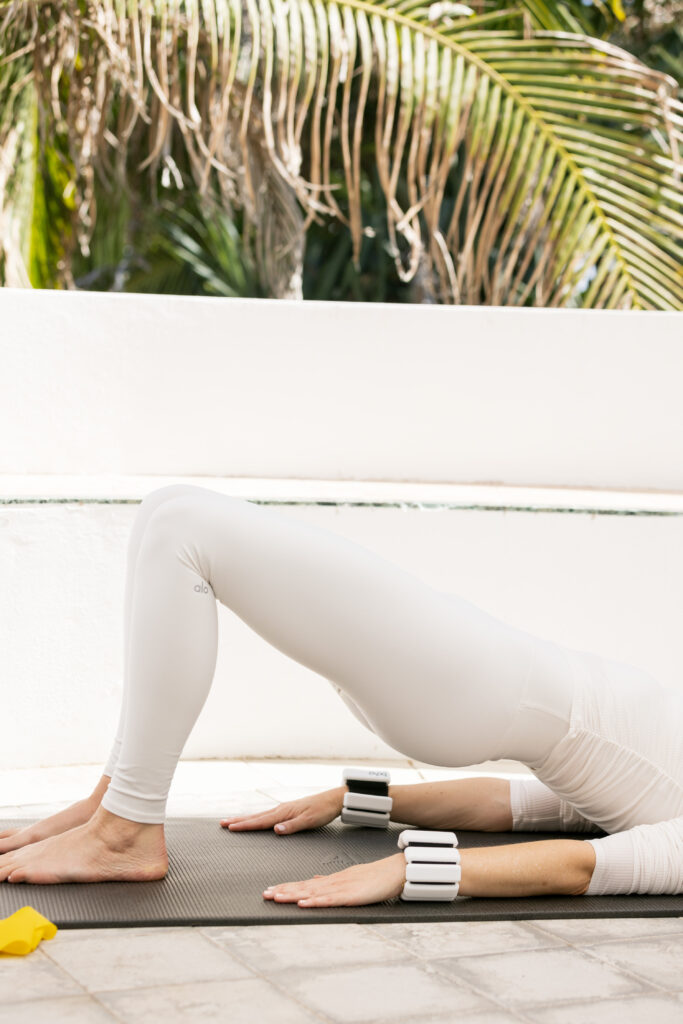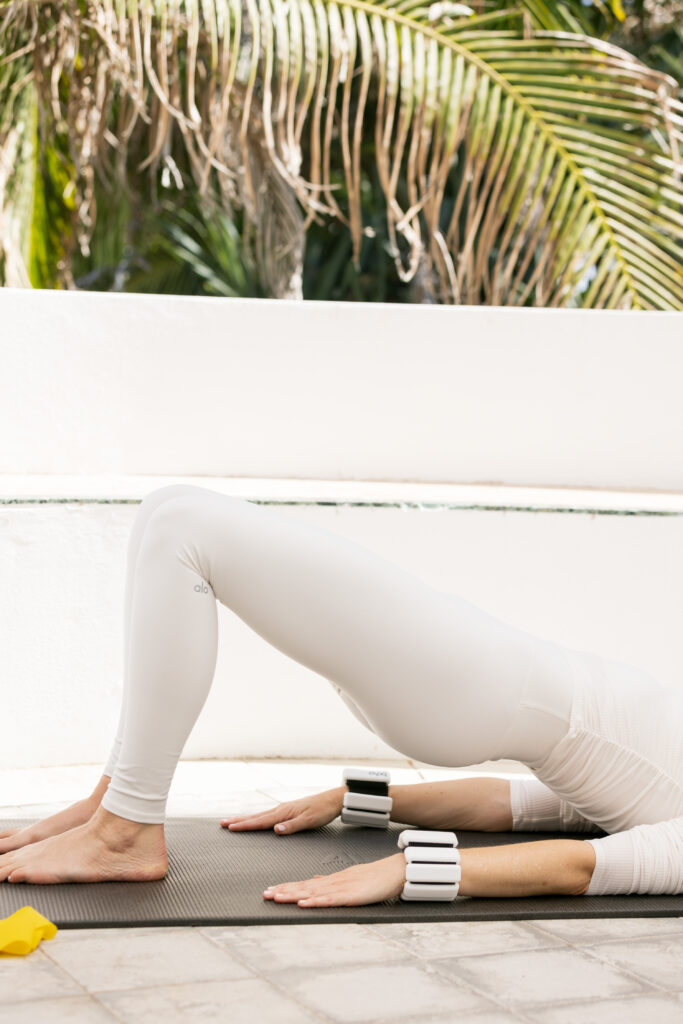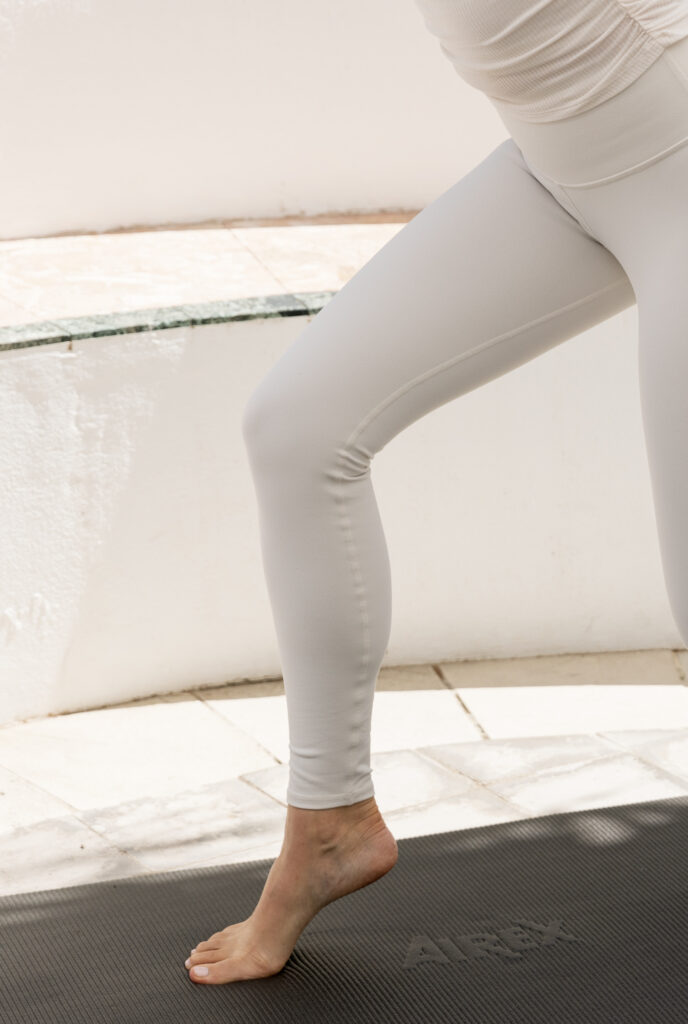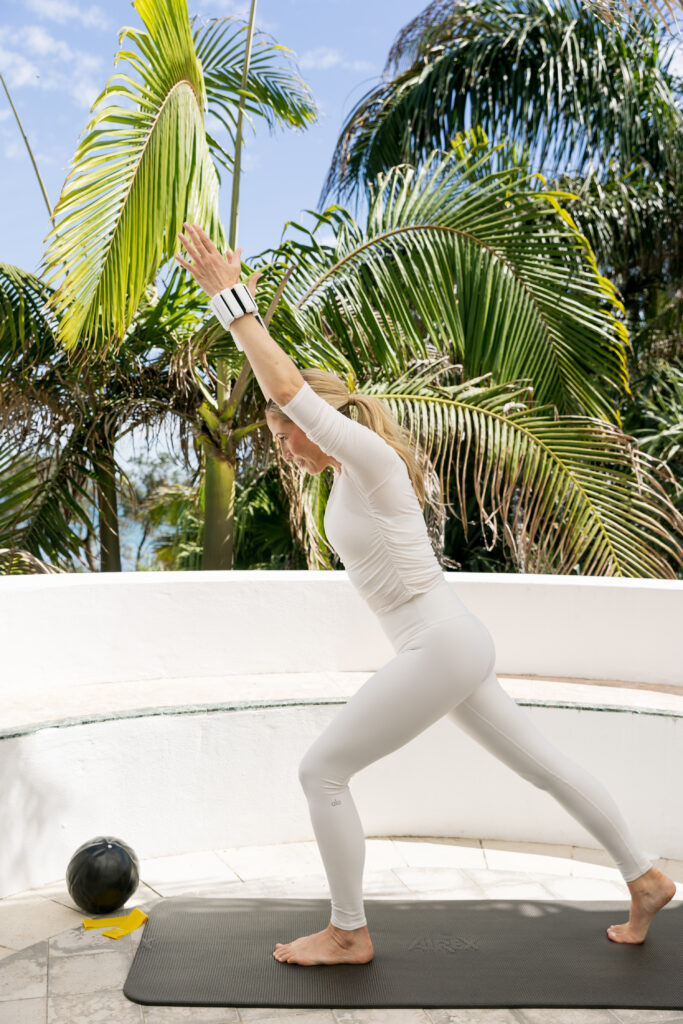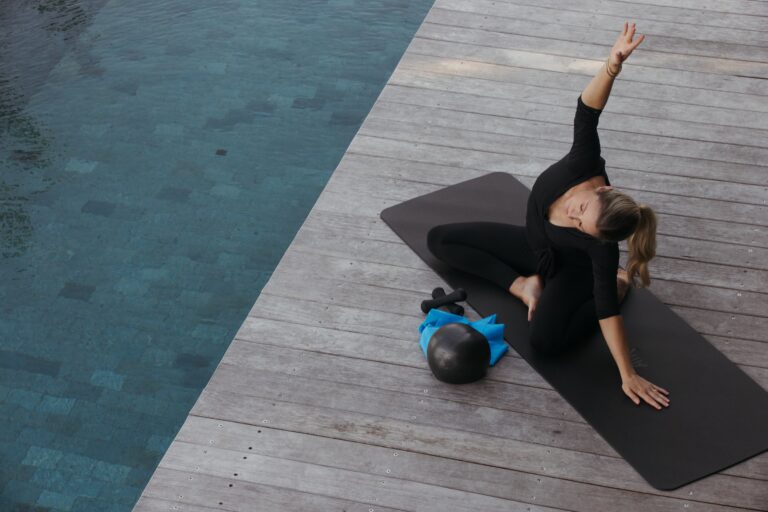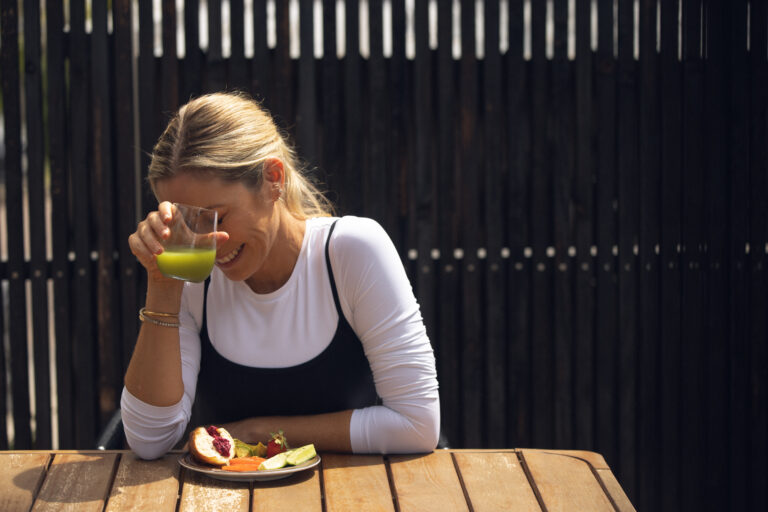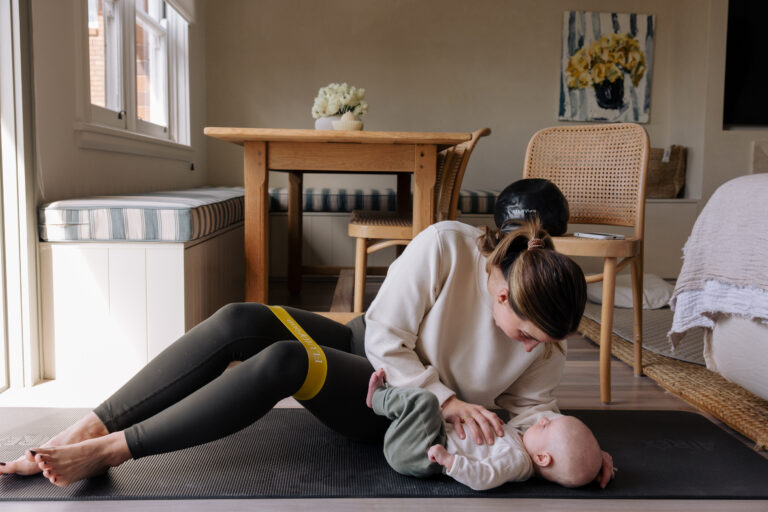At Fluidform, we know that all bodies are different, and everyone is on a different journey. Our personalised programs are proven to create results in 21 days, by treating your individual needs and goals. Understanding your POSTURE is key to following a personalised approach to movement.
Are you working at the office five days a week, or do you WFH?
Are you pregnant, or a new mum?
Do you compliment Pilates with high intensity training or heavy lifting?
These factors affect your posture, creating varied imbalances and tightness in the body. This will determine where you need to STRETCH, STRENGTHEN and LENGTHEN in order to realign your body, improve your posture and everyday function.
Let’s break down a few postural types and see how you can integrate this into your Fluidform practice.
Type one. Office worker
Office workers who live stationary lifestyles, will typically have a forward head tilt, tightness through the front of neck and chest and weakness through the upper back. Your lumbar spine has lost its healthy curve, your hips sit forward hanging into your legs. You will often experience tightness through your lower back, abdominals and front of hips, with little strength in your hips, abdominals and glutes.
First and foremost, daily movement will help to mobilise and realign your body, releasing tightness and imbalances.
FOCUS ON
- Opening your hips
- Opening your chest and the front of your body
- Strengthening your legs, upper back and abdominals
TRY THESE WORKOUTS
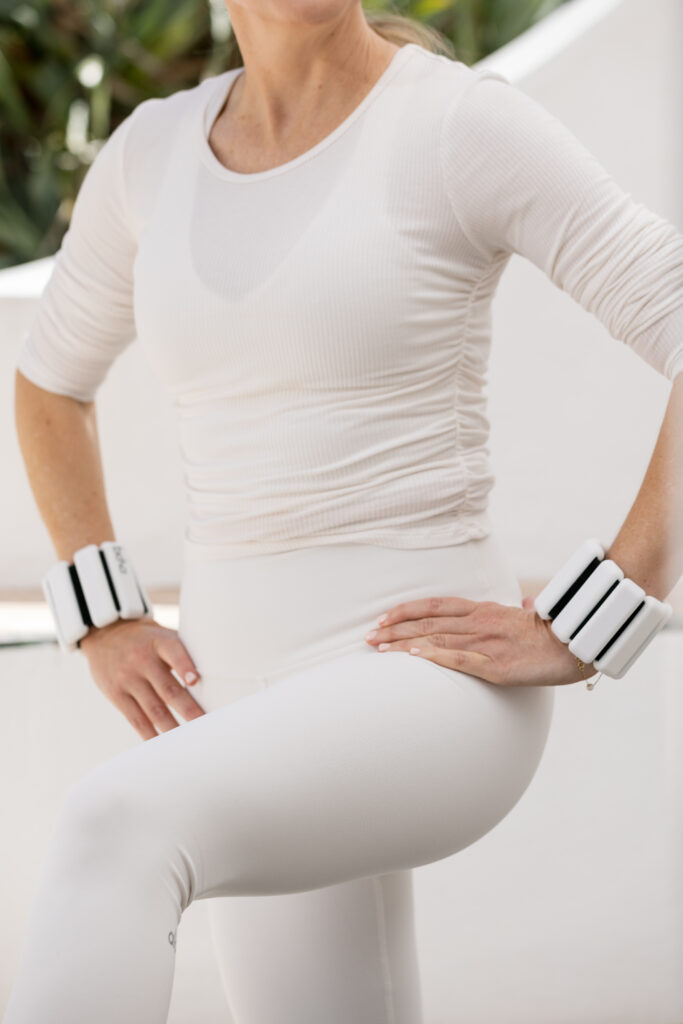
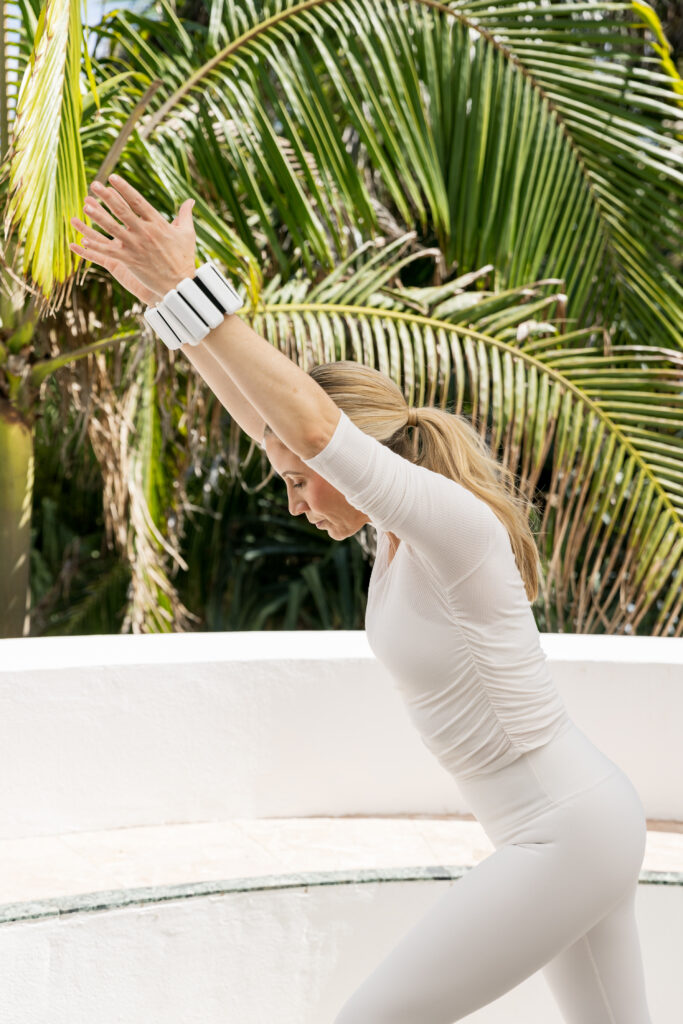
Type two. Mums
During pregnancy and childbirth, the body undergoes an incredible process. Your spine adjusts to allow for the baby to grow, and your body releases hormones to relax the pelvis. In the months following delivery, these changes start to reverse impacting your spine, pelvis, glutes and surrounding muscles. You do a lot more movement in a flexed spine, especially through your lumbar spine – lifting your baby up and down off the ground and into the cot. Your chest is growing, your shoulders and front of neck tighten as you spend more time in feeding and carrying positions. Your muscles are still regaining strength to support the changes in the body and the new movements.
What do you need?
Remain vigilant to work with your body as it moves back into position, realigns and rebuilds strength.
FOCUS ON
- Opening your upper body
- Realigning your spine and hips
- Improving your balance
TRY THIS MOVEMENT
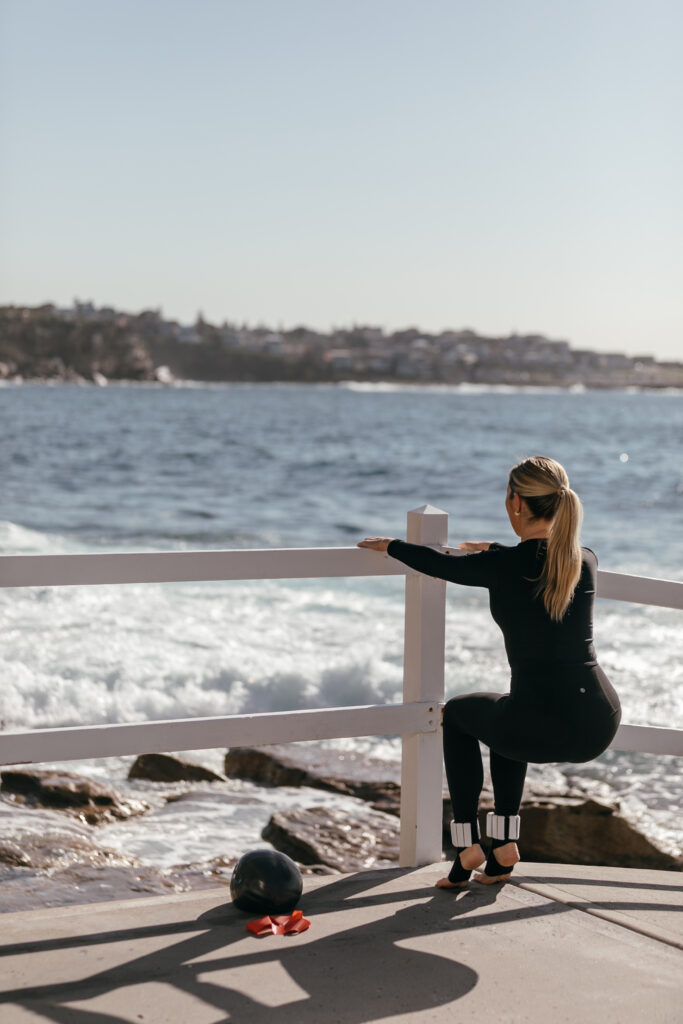
PLIES
Set-up – Begin standing with your feet parallel, using a railing, chair or barre for support.
Movement – Inhale to prepare, maintain even pressure through both feet and as you exhale drop your hips behind you as if you are sitting back in a chair. Lengthen your arms. Inhale to raise back up, keeping your arms long.
Repeat this movement 15 times.
Complete 3 sets in total.
Challenge yourself by progressing to heels lifted. Maintain all 10 toes pressing into the ground and repeat the move and number of reps above.
TRY THIS WORKOUT
Type three. Aging
Your head is forward with an extended curve, creating a hump in your upper back. A lack of abdominal connection creates a pouch in your belly and the length of your spine and joints may be degenerating.
What do you need?
Consistent supported movement and balance work to maintain the strength of your slow twitch muscles, spine and joints.
FOCUS ON
- Balance work
- Supported movements
- Slow twitch muscles to support the spine and joints
TRY THIS MOVEMENT
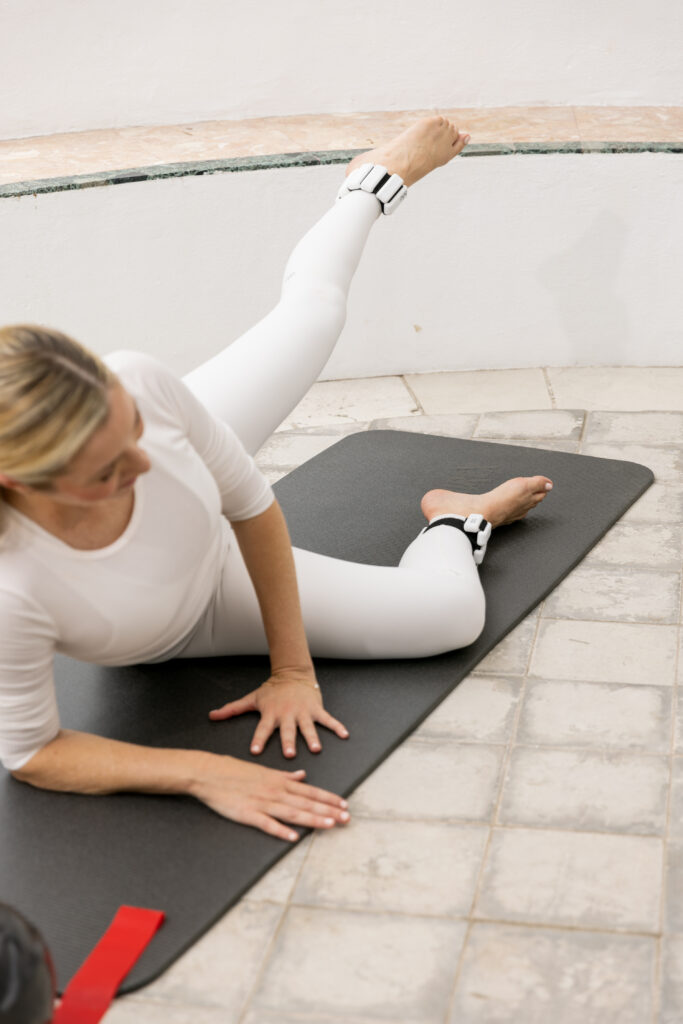
SIDE LYING GLUTE LIFT
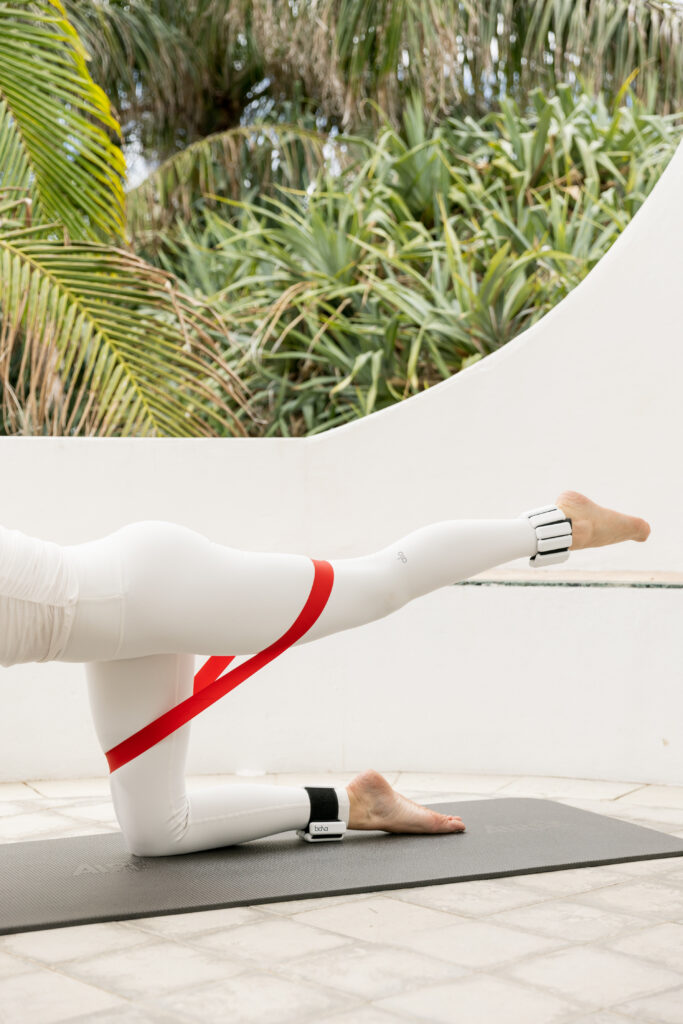
Type Four. High intensity trainer or heavy lifter
HIIT trainers and heavy weight lifters typically appear bulkier and strong through their global muscles. Imagine a military-like posture – proud and dominant chest, almost flat through the upper back with pronounced curve in lumbar spine with the pelvis tilted forward. Despite a strong frame and larger muscles, your smaller, slow twitch muscles are often neglected.
What do you need?
Postural realignment and balance between the slow and fast twitch muscle distribution to create mobility in the body.
FOCUS ON:
- Strengthening your slow twitch muscles
- Realigning your spine
TRY THIS MOVEMENT
Pelvic Curls
Set-up – Start by lying on your back, legs bent, feet flat and arms long by your side. Relax through your head and neck, maintaining a neutral spine position.
Movement – Inhale to prepare, and as you exhale flatten through the spine by tucking your pelvis, and continue to peel your spine off the floor. Your shoulders should remain on the ground to support your body in a long line from your shoulders to your knees.
Maintain even pressure through your feet, arms and hands.
Inhale at the top, and as you exhale roll back down from your shoulders through your spine, all the way back down to find the neutral spine position.
Repeat this move 10 times.
TRY THIS WORKOUT
Type five. Long distance runner
You are trained in endurance and have a higher proportion of the slow twitch fibres compared to fast twitch. Your ankles often pronate, with a history of sprained ankles. You are tight through your abductors and hip flexors.
What do you need?
Strong joints to support your long runs. Focus on mobility and alignment through the feet, legs and hips.
FOCUS ON:
- Strength and alignment work through hips and legs
- Endurance in muscles to support the runs
- Strong posture to create efficient running
Helpful exercises:
PELVIC CURLS
CALF RAISES
LUNGES
TRY THIS WORKOUT
